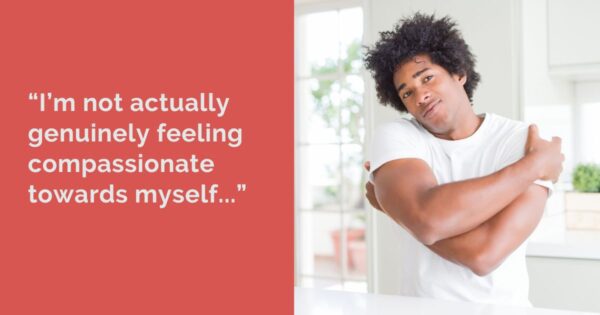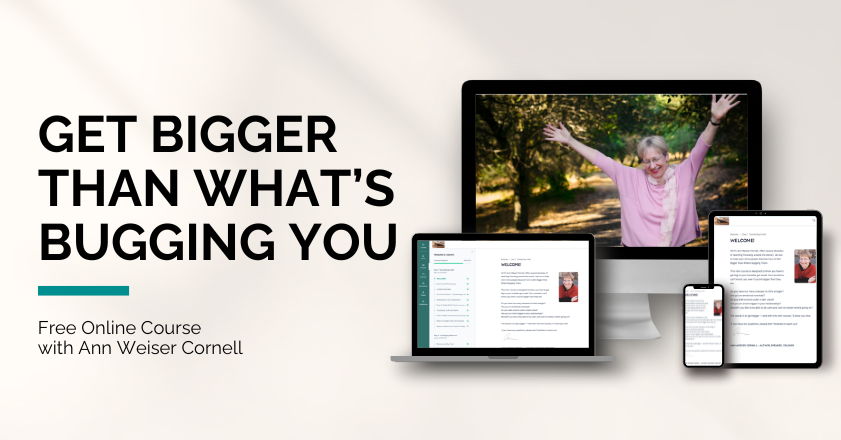What’s the difference between feeling compassion for a hurt part of us, and being stuck in the hurt itself? Read on…
Charles writes:
I am an experienced Zen meditator/monk.
In doing Focusing on a wounded part, I have so much empathy and compassion for the part, that I can’t seem to separate into clear Self-in-Presence. I get stuck in feeling the pain of the part, but can’t separate and just be Self-in-Presence.
Please give me more help with on how to be Self-in-Presence with this wounded younger part.
Dear Charles:
Of course you feel compassion for this wounded younger part of you! That is a very understandable and natural way to feel.
And I would want to underline that this is you as Self-in-Presence feeling this compassion.
In fact, it is your compassion for the younger wounded part, expressed to it as part of an inner relationship, that enables its relational wounds to heal and its life to move forward again.
Some people have the idea that being Self-in-Presence means we don’t feel sad, we don’t hurt, we don’t suffer. But we do feel sad for our hurt parts.
And in addition, even though we are Self-in-Presence, we are still feeling the hurt of the hurt part in our body… because we have only one body and that’s where the feeling is!
So I can really understand that it is not so easy to distinguish being merged with a hurting part from being able to be with it as Self-in-Presence.
Here’s what can help: Talking to it. Saying to the part, “Yes, I know you are there, and I am here. I am with you now.”
You can also express your compassion by saying to it: “I really get how hard it was, what you went through.”
When you are not merged, it feels like even though “it” is still hurting — and you can feel that hurt in your body — “you” are OK.
And you wouldn’t want to be anyplace else on earth. Because this inner contact feels so rich and deep and important. It is.







